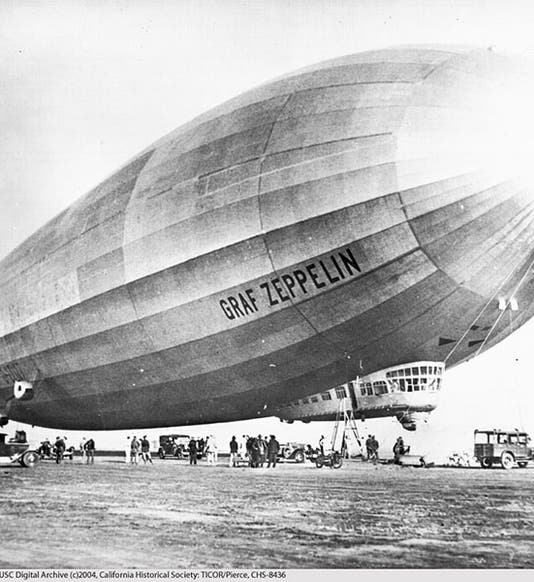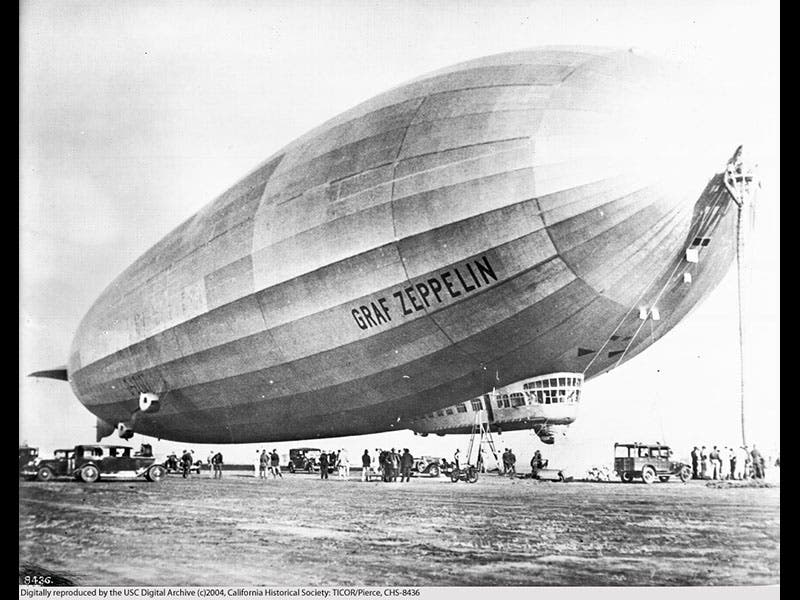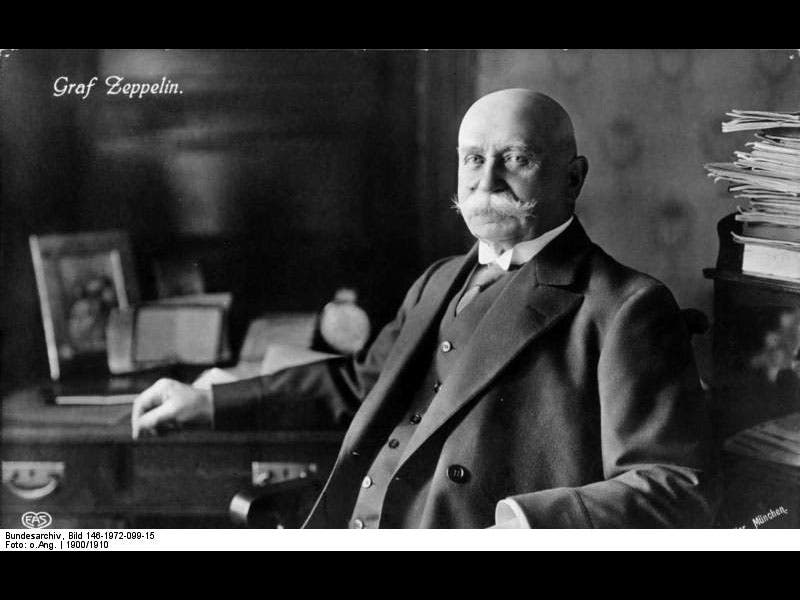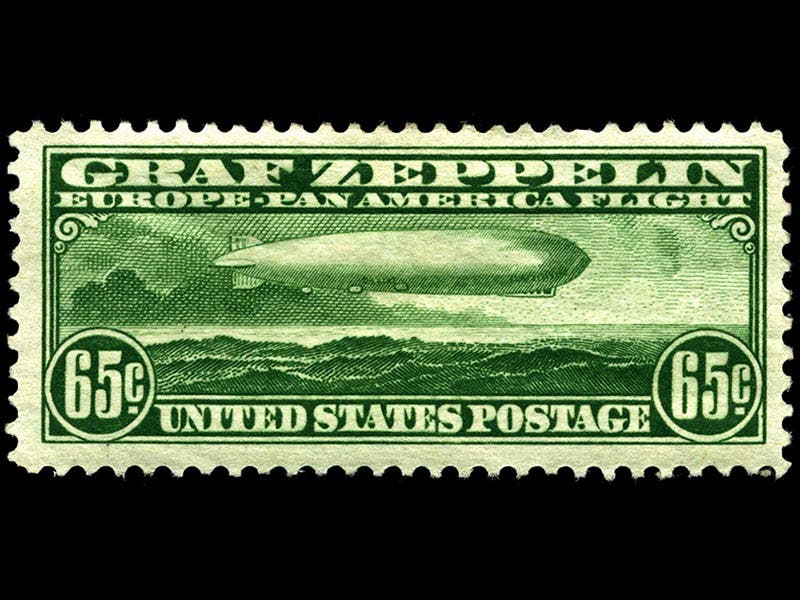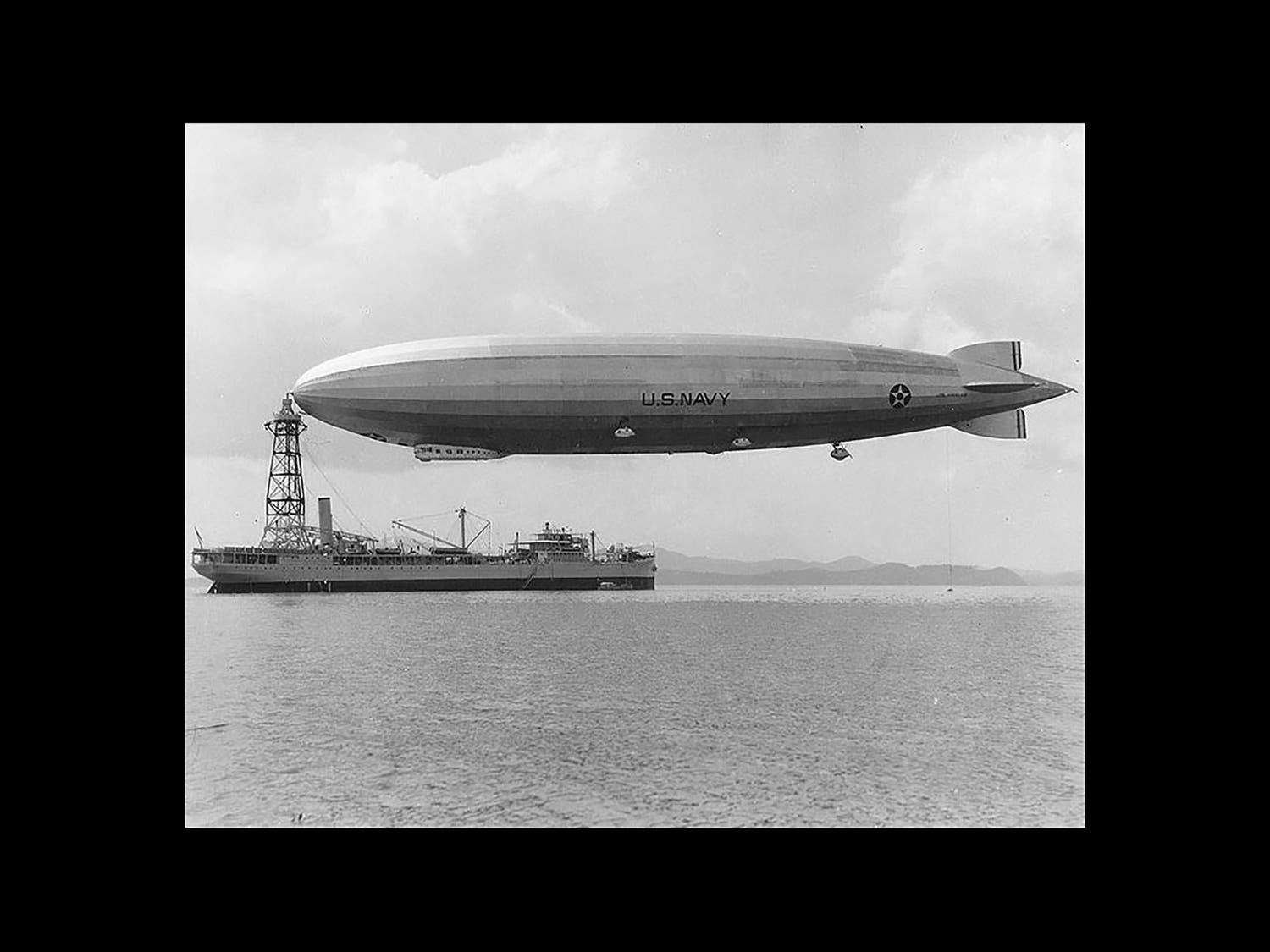Scientist of the Day - Ferdinand von Zeppelin
Count Ferdinand von Zeppelin, a German aeronautical inventor, was born July 8, 1838. Zeppelin launched his first rigid-body airship in 1900, when he was 62 years old (second image). This, the original Zeppelin, is now known as LZ-1 (third image). He worked diligently over the years to produce new and improved dirigibles, trying in vain to get government support, which came only with the advent of World War I. Zeppelin, who died in 1917, did not live to see the Weimar Republic turn the Zeppelin into the national symbol of Germany, and himself into a national hero, with a stature very similar to that of Charles Lindbergh in the United States.
In 1927, the LZ-127 Graf Zeppelin was launched, named after the revered Count (Graf) and a true monster of the air, over two-and-a-half football fields long (first image). The Graf Zeppelin made a number of trans-Atlantic flights, even one over the North Pole. In 1936, the Graf Zeppelin was joined in the German fleet by LZ-129 Hindenburg, destined to become the most famous, or infamous, of all the Zeppelins. It was designed to fly on helium gas, but the United States controlled the world's helium supply and refused to provide any for German airships, so the Hindenburg, like all the previous Zeppelins, used flammable hydrogen gas for buoyancy. This proved disastrous, when the Hindenburg exploded and burned at its mooring mast in New Jersey on May 6, 1937. That immediately brought an end to era of the Zeppelins, as the Graf Zeppelin and its sister ship, Graf Zeppelin II, were pulled from service and dismantled.
One of the great legacies of the Zeppelin era are the postage stamps. Much of the income brought in by the Zeppelins came from carrying mail, and special stamps were issued for Zeppelin postal service by many countries, including the United States (fourth image). The United States, by the way, had a Zeppelin of its own, formerly LZ-126, given to the US Navy by Germany in 1924 and renamed the USS Los Angeles (fifth image). It flew on helium.
Dr. William B. Ashworth, Jr., Consultant for the History of Science, Linda Hall Library and Associate Professor, Department of History, University of Missouri-Kansas City. Comments or corrections are welcome; please direct to ashworthw@umkc.edu.

